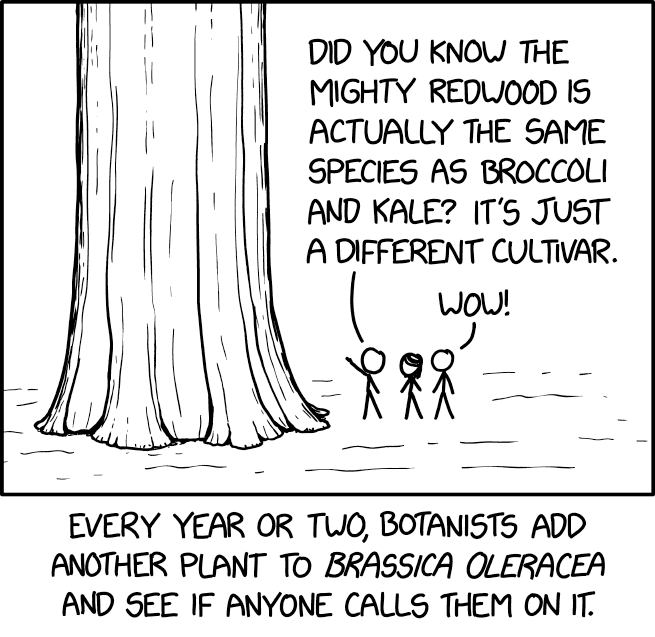

I think your approach is a good one to ensure real users, reduce spam, and for the admins to be compensated for the service they provide. However, is giving your credit card or bank transfer information to a website less risky or more privacy-focused (one of OP’s goals) than giving an email address?










Only ~40% higher - make sure to use absolute units when taking a ratio of temperatures.